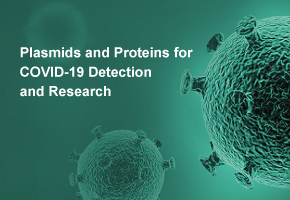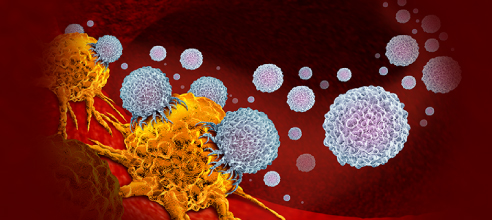Advancements in Microbial Expression Systems: Harnessing the Power of Microorganisms for Protein Production
Microbial expression systems play a crucial role in the field of biotechnology and molecular biology. These systems are utilized for producing proteins, enzymes, and other biological products using microorganisms as hosts. The advantages of microbial systems, including fast growth rates, simple nutrient requirements, and well-characterized genetics, make them an attractive choice for researchers and industries alike.
Types of Microbial Expression Systems
Microbial expression systems can be classified into several categories based on the type of organism used. The most common hosts include bacteria, yeast, and fungi.
1. Bacterial Expression Systems
Bacteria, particularly Escherichia coli, are among the most widely used microbial hosts for protein expression. These systems are favored for their rapid growth rates and ability to produce high yields of recombinant proteins. While bacterial systems can produce proteins quickly and at a low cost, they often lack post-translational modifications that are crucial for the functionality of some eukaryotic proteins.
Key Features:
Fast growth and protein synthesis
High expression levels
Cost-effective
2. Yeast Expression Systems
Yeasts, such as Saccharomyces cerevisiae and Pichia pastoris, serve as popular systems for producing eukaryotic proteins. Yeast systems have the ability to carry out some post-translational modifications, which can be essential for the activity of certain proteins. They grow at higher cell densities compared to bacteria, providing an advantage in yield.
Key Features:
Capability for post-translational modifications
Higher cell density growth
Generally recognized as safe (GRAS)
3. Fungal Expression Systems
Fungi, particularly filamentous fungi like Aspergillus and Trichoderma, are used for the production of complex proteins and enzymes. These systems can perform a wide range of post-translational modifications and are particularly effective for producing functional proteins that need glycosylation.
Key Features:
High productivity for complex proteins
Ability to perform extensive post-translational modifications
Suitable for large-scale fermentation processes
Applications of Microbial Expression Systems
Microbial expression systems have a wide range of applications across various fields:
1. Pharmaceutical Production
One of the most significant applications is in the production of therapeutic proteins, including antibodies, insulin, and growth factors. These systems can be engineered to produce high purities of the desired products, making them ideal for pharmaceutical applications.
2. Industrial Enzyme Production
Microbial systems are extensively used for the production of industrial enzymes, such as proteases, amylases, and cellulases. These enzymes play crucial roles in various industries, including food, textiles, and biofuel production.
3. Research and Development
In research, microbial expression systems allow scientists to study protein functions, interactions, and structures. They are essential tools for producing tagged proteins, which can be used in various assays and structural biology initiatives.
Challenges and Future Directions
Despite their advantages, microbial expression systems face several challenges. Issues related to protein solubility, misfolding, and lack of specific post-translational modifications remain prevalent.
Future advancements may focus on improving the ability of microbial systems to produce correctly folded and functional proteins, as well as optimizing metabolic pathways for enhanced yields. Innovations in synthetic biology and genetic engineering are likely to drive the development of more efficient microbial expression platforms.
Conclusion
Microbial expression systems are invaluable tools in biotechnology, offering a range of benefits that facilitate the production of proteins for various applications. As research progresses and technology advances, these systems are expected to become even more versatile and powerful, furthering our ability to harness the potential of microorganisms in diverse fields.
- Like
- Reply
-
Share
Reply
About Us · User Accounts and Benefits · Privacy Policy · Management Center · FAQs
© 2025 MolecularCloud



